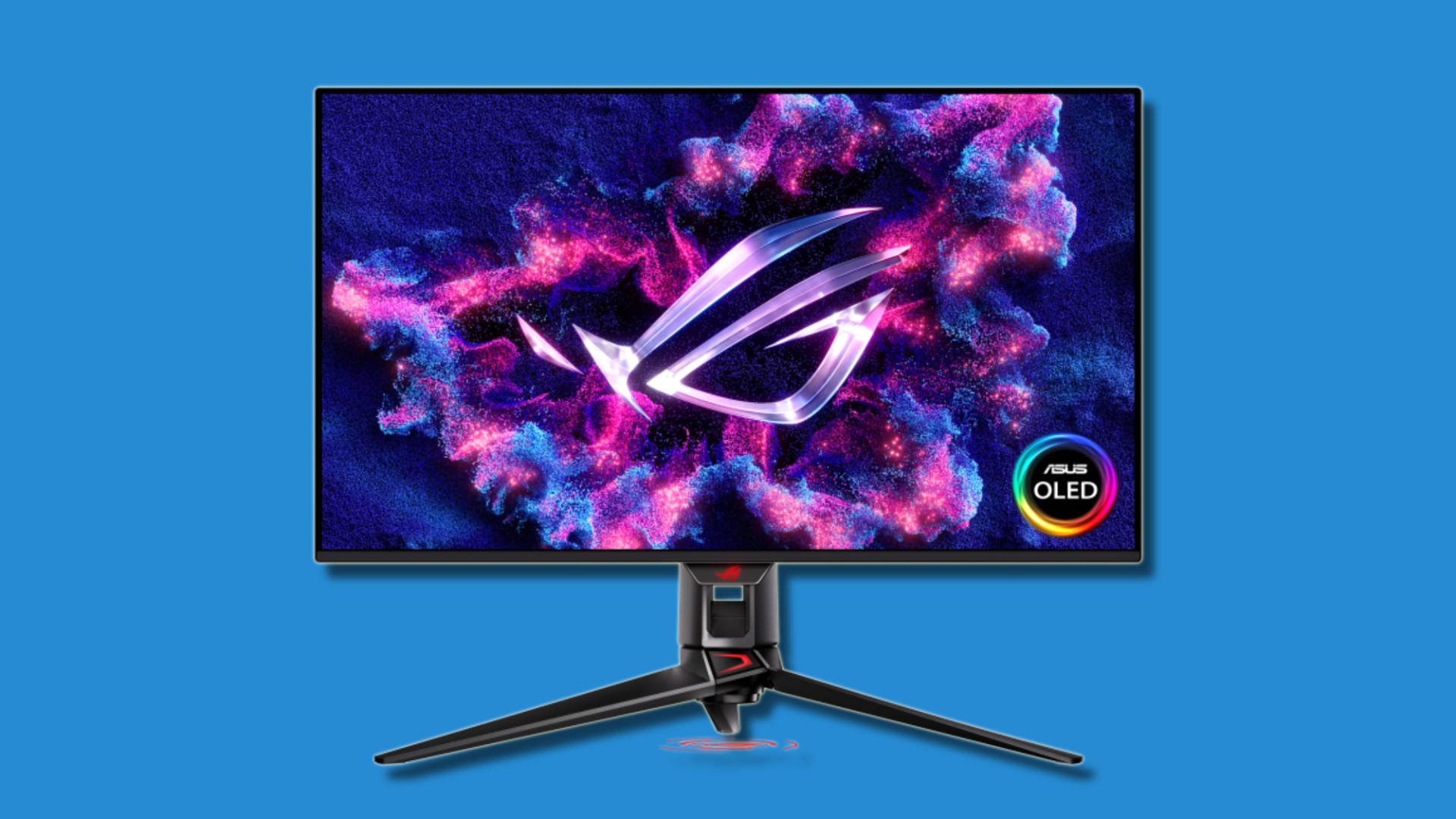
Plenty of impressive gaming monitors, components, and accessories made their debut during CES 2024, and one of them has finally been released: the Asus ROG Swift PG32UCDM.
What makes the Asus ROG Swift PG32UCDM gaming monitor stand out among others in the market is that it combines a 32-inch screen size with a 4K resolution and a 240Hz refresh rate. Finding a 4K gaming monitor with such a high refresh rate is incredibly difficult and one with a large display, even more so.
Its other specs are quite solid as well, including an OLED screen, a response time of 0.03ms, G-SYNC compatibility, 99% DCI-P3 color gamut, HDR support, up to 1000 nits of peak brightness, and more. It even comes with its own custom heatsink that keeps its mainboard cool, which is extremely important for a display with a built-in OLED panel to keep from overheating.
It also comes with decent connectivity options including both DisplayPort 1.4 (DSC) and HDMI 2.1, USB Type-C with 90W power delivery, an earphone jack, and three USB Type-A ports.
However, all this advanced tech does come at a higher price, with the MSRP being $1,299.99 (about £1,030 / AU$1,990). That's not an unreasonable price considering everything it comes with, but the average consumer will still have trouble affording it. Availability is also an issue, as it’s difficult to find at retailers.
Why is it so hard to find?
As I previously mentioned in my guide for how to buy the best gaming monitor, a 4K gaming monitor with a 32-inch display would be squarely in the casual gaming market, since combining that high of a resolution with a high refresh rate is rather difficult.
But the fact that the Asus ROG Swift PG32UCDM has all of these features and more, all for a price that’s much more affordable than most inferior 4K monitors, makes it intriguing.
Which is why its availability is such a sore spot for me. Even the official Asus online store is currently out of stock, let alone the other retailers that don’t seem to have it either. Unfortunately, this is a common reality in tech – products being promoted during major events, released, and then immediately becoming a chore to find and purchase.
And this is in the US, where much of this tech originates from in the first place. Other regions and countries almost always have it worse, with many never seeing such products. Hopefully, this issue will be fixed soon, as it makes little sense to release great technology that’s so hard to find.







